Sept 10
2015 September 10
Viewers will have noticed that there have been no new postings for several days, and may have wondered if we are still running the site. Yes, very much we are! Unfortunately we have had some technical difficulties with the computer, which we are trying to solve, though we are not out of the woods yet. Anyway, we are still very eager to read about and see your recent sightings, so please continue to send them in – though there may be a delay before we get them posted, until we know just what the computers are doing to us.
Cheryl Hoyle found two interesting caterpillars at Pedder Bay on September 8. One of them is the notodontid Nadata gibbosa, sometimes known as the Rough Prominent. Its caterpillar usually feeds on oak, but Cheryl’s caterpillar is on Rosa, and the one shown on August 13 was on Amelanchier, although it readily took to oak leaves when they were offered. Cheryl’s second is a nice-looking caterpillar, unfortunately unknown to me. (Jeremy T.)
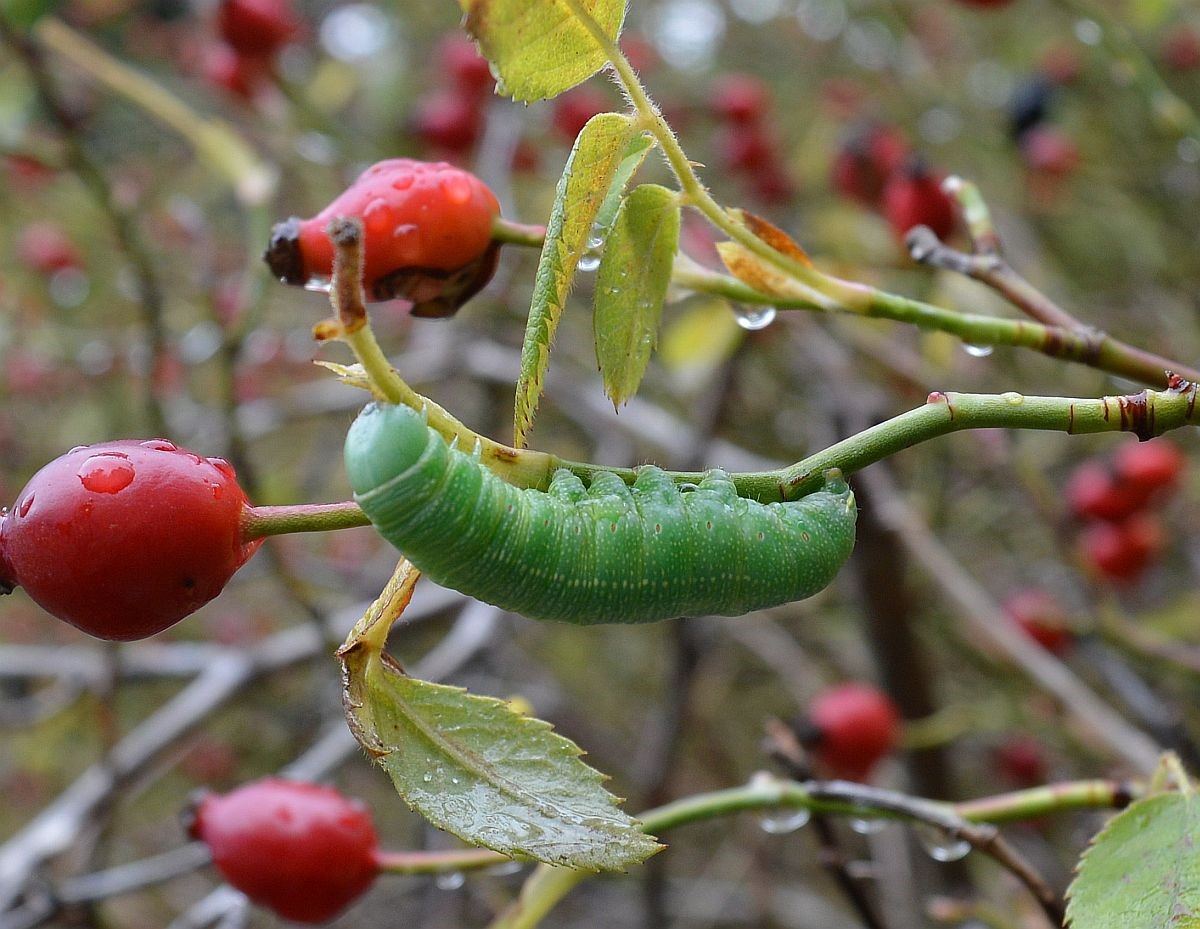
Rough Prominent Nadata gibbosa (Lep.: Notodontidae) Cheryl Hoyle
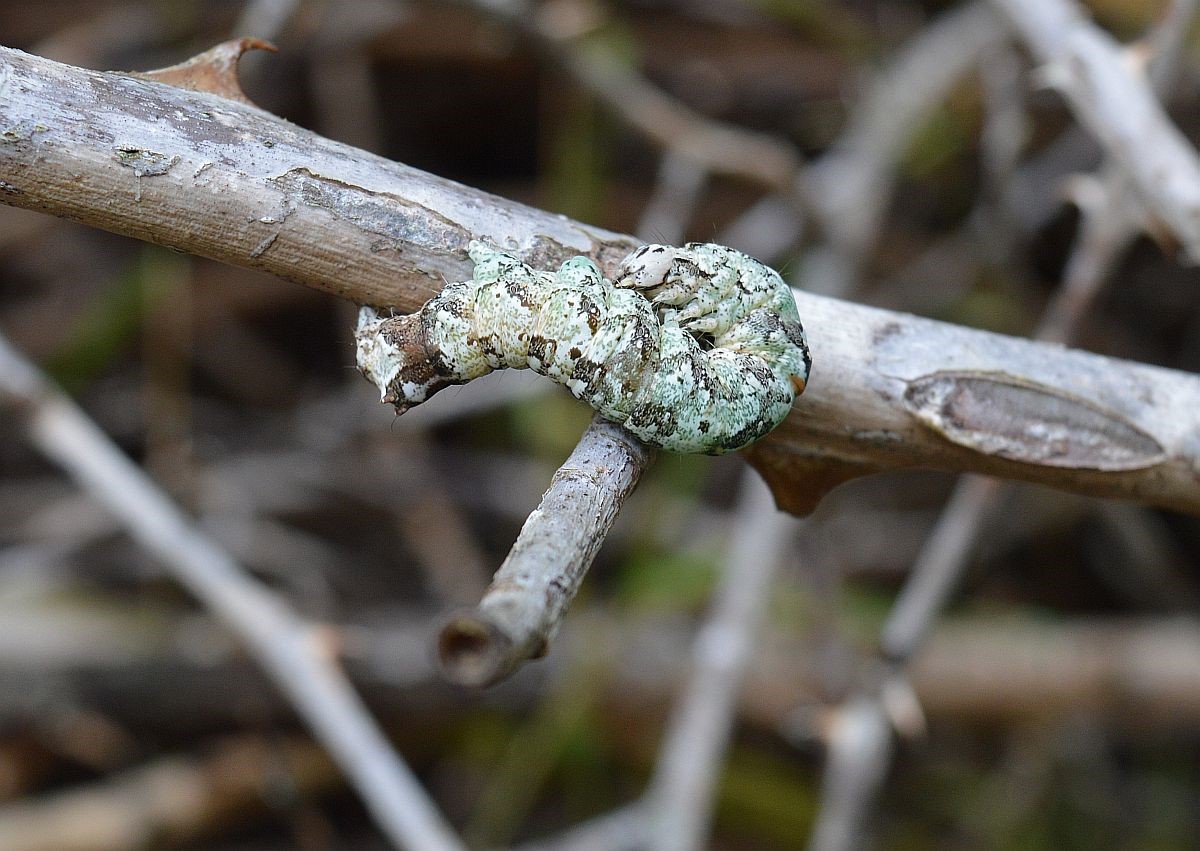
Unknown caterpillar (Lepidoptera) Cheryl Hoyle
Val George sends a photo of a Spotted Tiger Moth caterpillar from Rithet’s Bog, September 9. Although this caterpillar has appeared several times on this site, please continue to send them in – Ken Strothcamp in Oregon is doing a major study on the colour variations of this caterpillar.
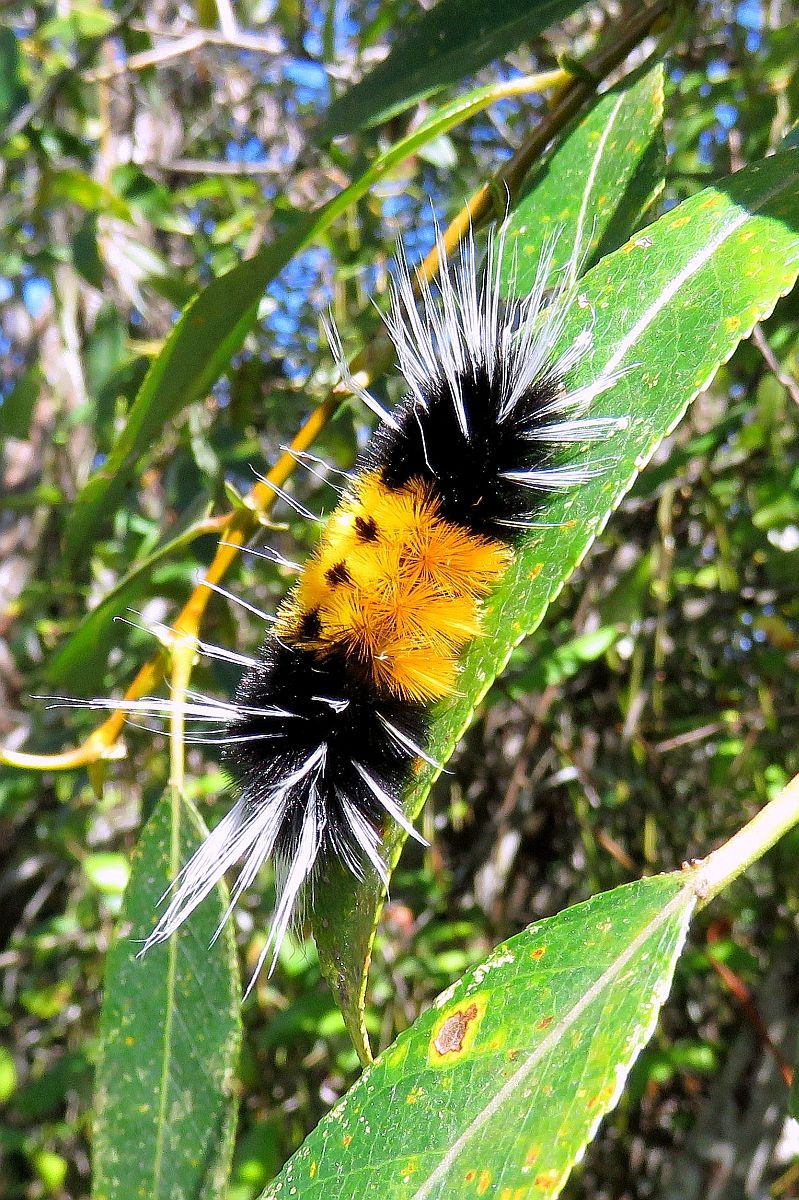
Spotted Tiger Moth Lophocampa maculata
(Lep.: Erebidae – Arctiinae)
Val George
Val also sends, from Rithet’s Bog, a photograph of a Striped Meadowhawk. You can even see those vital thoracic stripes!
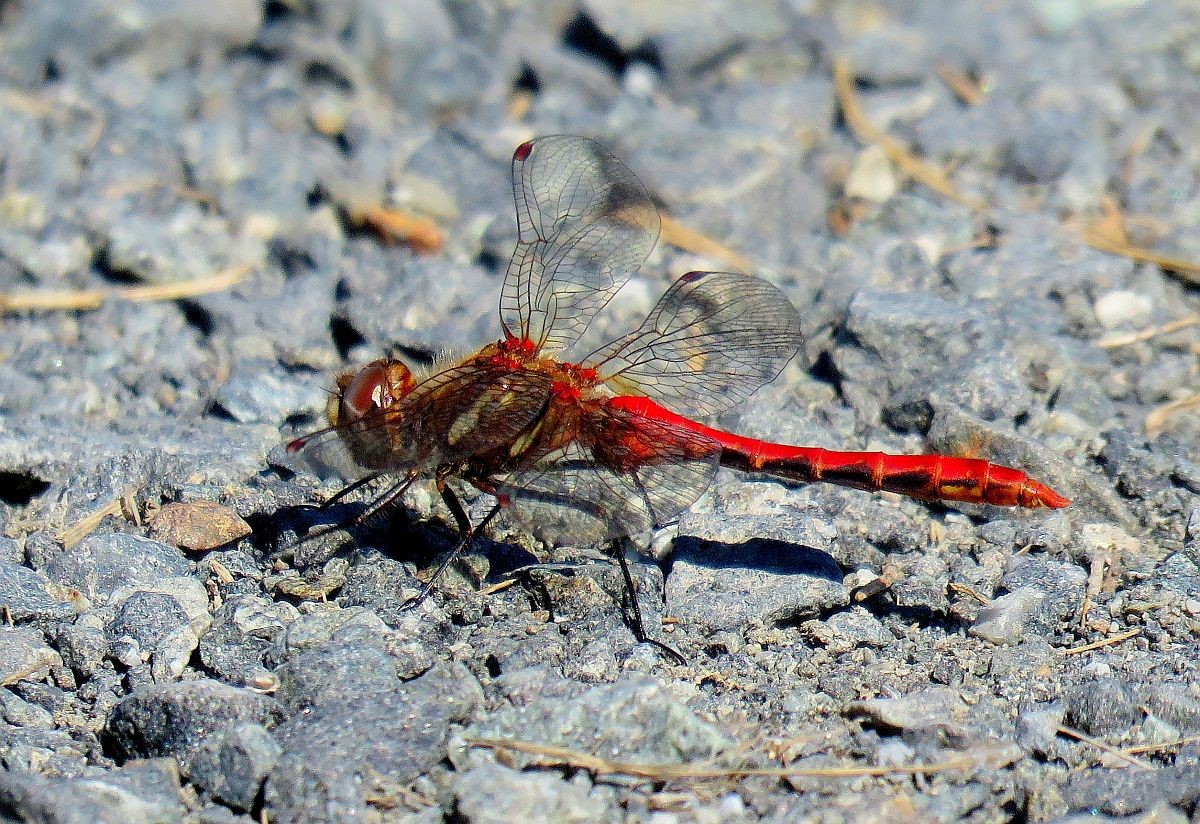
Striped Meadowhawk Sympetrum pallipes (Odo.: Libellulidae) Val George
Jody Wells sends a photograph of a Yellow Woolly Bear (Virginia Ermine Moth or Virginia Tiger Moth) from Saanichton Spit, September 10.
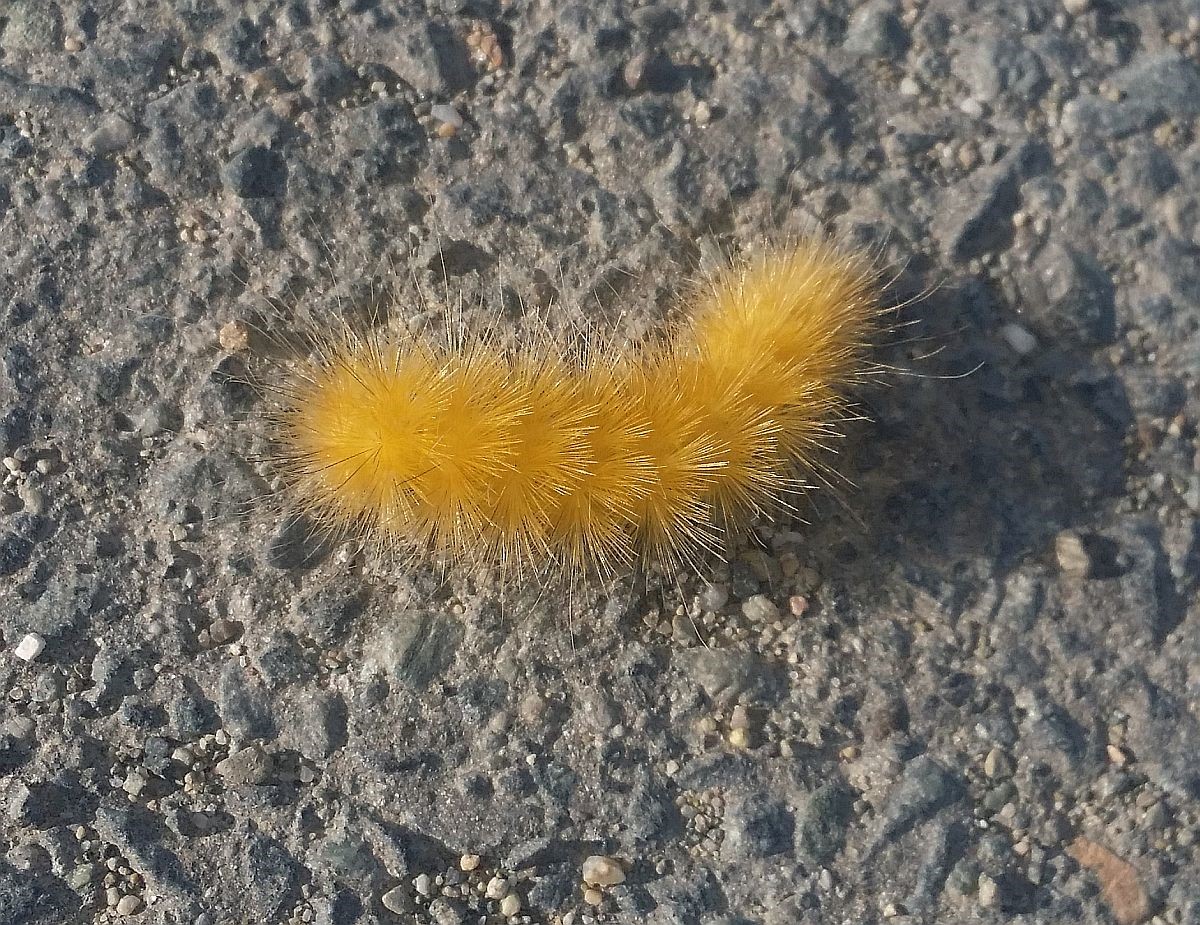
Yellow Woolly Bear Spilosoma virginica (Lep.: Erebidae – Arctiinae) Jody Wells
Val George has found another of the plusiine caterpillars that have been munching on his kale, and he got a close-up photo. Jeremy Tatum reared it to adulthood (see September 29), and it turned out to be Autographa californica. And in case you are wondering what a plusiine is, Plusiinae is a subfamily of Noctuidae, in which most of the caterpillars are characterised by having only two pairs instead of the usual four pairs of mid-abdominal prolegs.
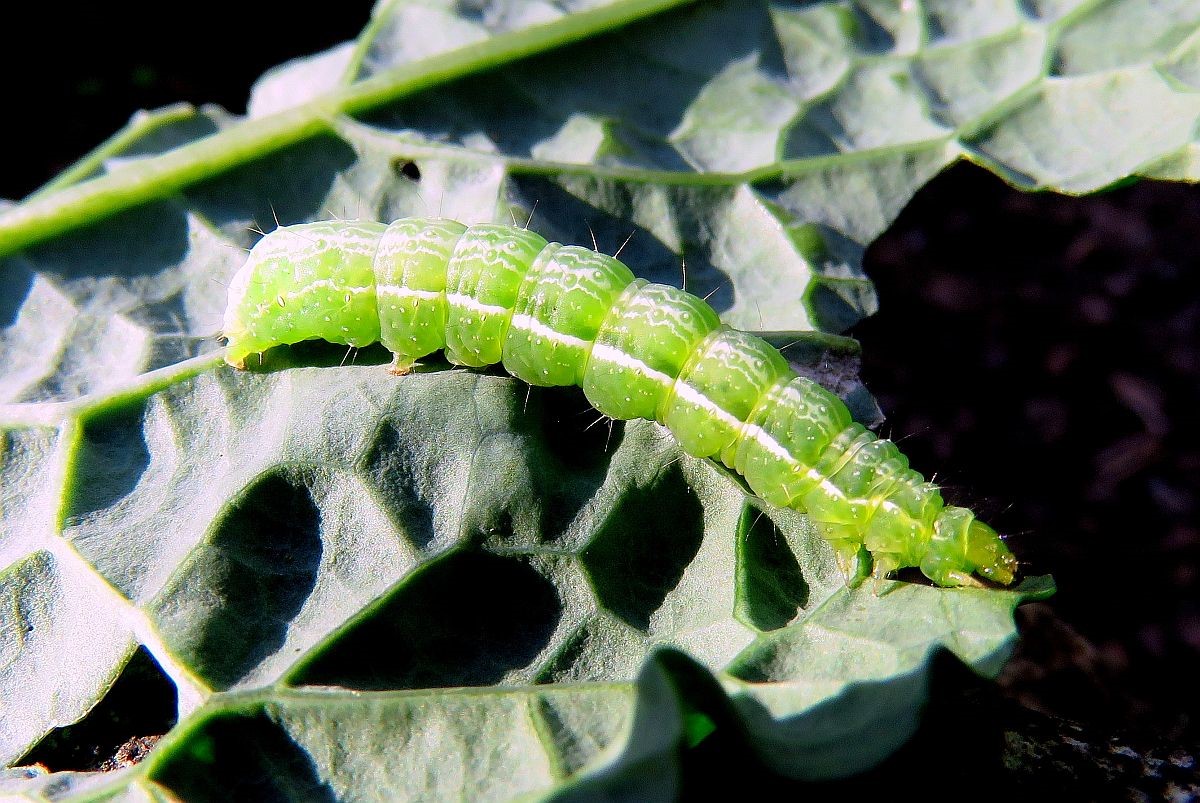
Autographa californica (Lep.: Noctuidae – Plusiinae) Val George
